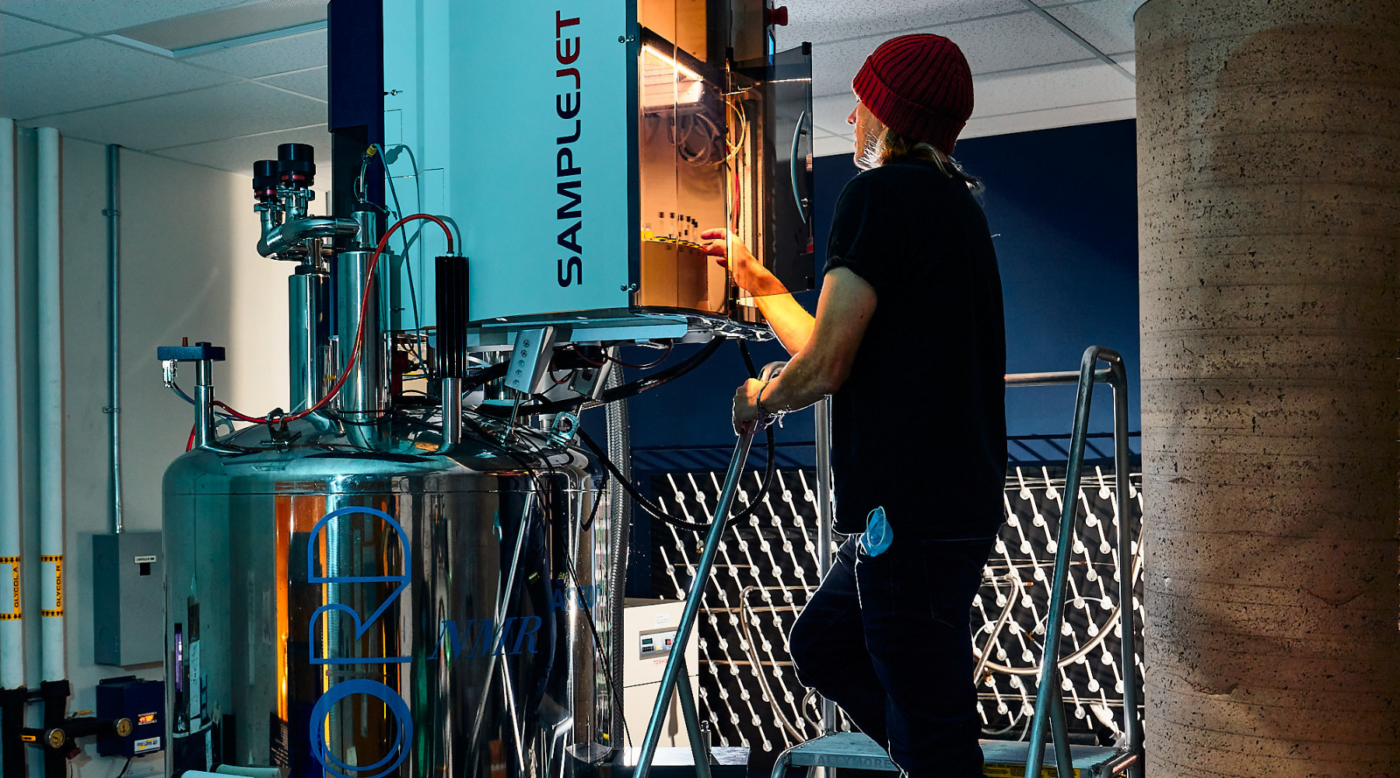News
Significant support from the National Institutes of Health to study new ways to target Acute Myeloid Leukemia
Published on January 20, 2022
Professor Katherine Borden, Principal Investigator leading the Structure and Function of the Cell Nucleus Research Unit at IRIC, received a grant worth US$1.47 million (C$1.85 million) over five years. This funding from the National Institutes of Health (NIH), the largest biomedical research granting agency in the United States, will support her research project aimed at elucidating the molecular mechanisms of eIF4E-mediated tumor transformation.
The funded project will explore new roles for the eIF4E oncogene in the processing of messenger RNAs, intermediate molecules transcribed from DNA and destined to be translated into proteins. Through a process called splicing, messenger RNAs are rearranged to generate different proteins. Work by the Borden laboratory has shown that the eIF4E protein, deregulated in many cancers, in addition to controlling the translation of RNAs into proteins, can modulate the splicing of messenger RNAs. By studying laboratory models and samples from leukemia patients, the team discovered new interactions and checkpoints involving eIF4E in RNA splicing. This eIF4E-driven re-wiring of the proteome (the entire set of proteins) confers cancerous properties to cells. The funds obtained will allow the dissection of the molecular mechanisms at work in this new role for eIF4E. A better understanding of these molecular pathways could reveal new therapeutic opportunities.
Professor Borden has agreed to answer a few questions about the awarded grant:
How did you get interested in studying eIF4E?
Katherine Borden (K. B.): I have been studying eIF4E for 23 years! I first became interested in it for somewhat obscure reasons that have to do with the Lassa fever virus, a disease present in West Africa. The eIF4E protein is overexpressed, i.e. present in a higher quantity than normal, in approximately 30% of cancers, in particular in Acute Myeloid Leukemia (AML). My laboratory was the first to target eIF4E in humans, and thus the first to show the clinical relevance of targeting eIF4E. We also serendipitously discovered new functions of eIF4E that support its cancer-causing properties. This discovery led us to start studying the role of eIF4E in the processing of RNA messengers, i.e. how these messengers sent by DNA are chemically modified to change the proteome.
What are the objectives of the funded project?
K. B. : We discovered that eIF4E could contribute to cancer in a completely different way. In fact, we found that the splicing process (one of the stages of RNA maturation) itself could be regulated in an unimagined way. We have observed that the splicing of thousands of RNAs is altered in an eIF4E-dependent manner in AML patients’ samples.
As part of the funded project, we will determine the molecular basis of this widescale eIF4E-dependent dysregulation, as well as how it underpins its cancer-causing activity. We will use a combination of structural biology and biochemistry methods to dissect the nuts-and-bolts of eIF4E’s association with the spliceosome (molecular complex responsible for RNA splicing). We will also perform cellular studies to identify the characteristics of eIF4E that are necessary for its splicing activity. We will also investigate how we can leverage of our new knowledge to treat high-eIF4E AML patients. Based on our results, we will study new combinations of treatments with promising therapeutic potential.
What does this grant change for you and your lab?
K. B. : This will give us new resources to study these processes. Receiving NIH funding as a foreign researcher is very difficult. The success rate of American researchers is only 11%. This funding is essential to the continuation of the project. The grant will also support my collaborator, Professor Monica Guzman from the Weill Cornell Medicine Institute in New York. We will have the funds to accelerate our research.
